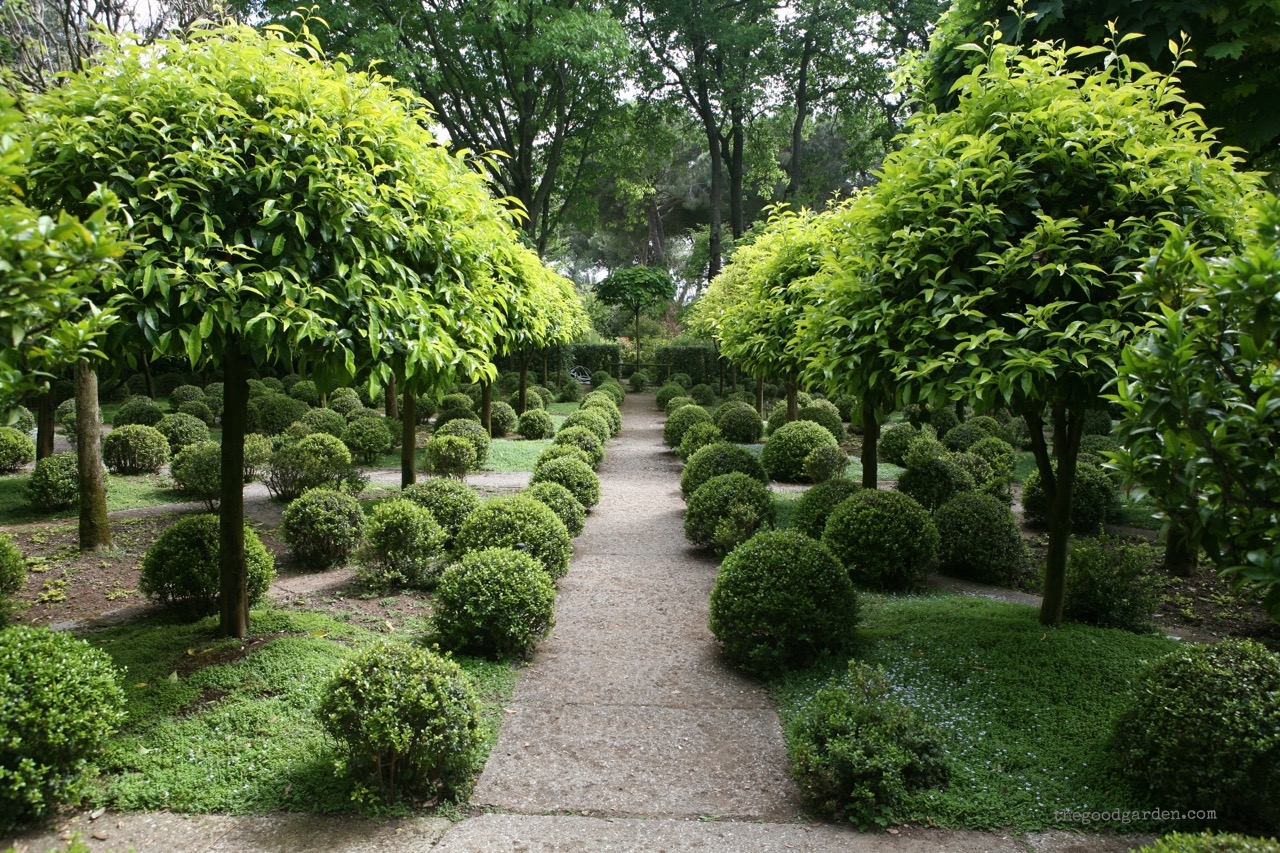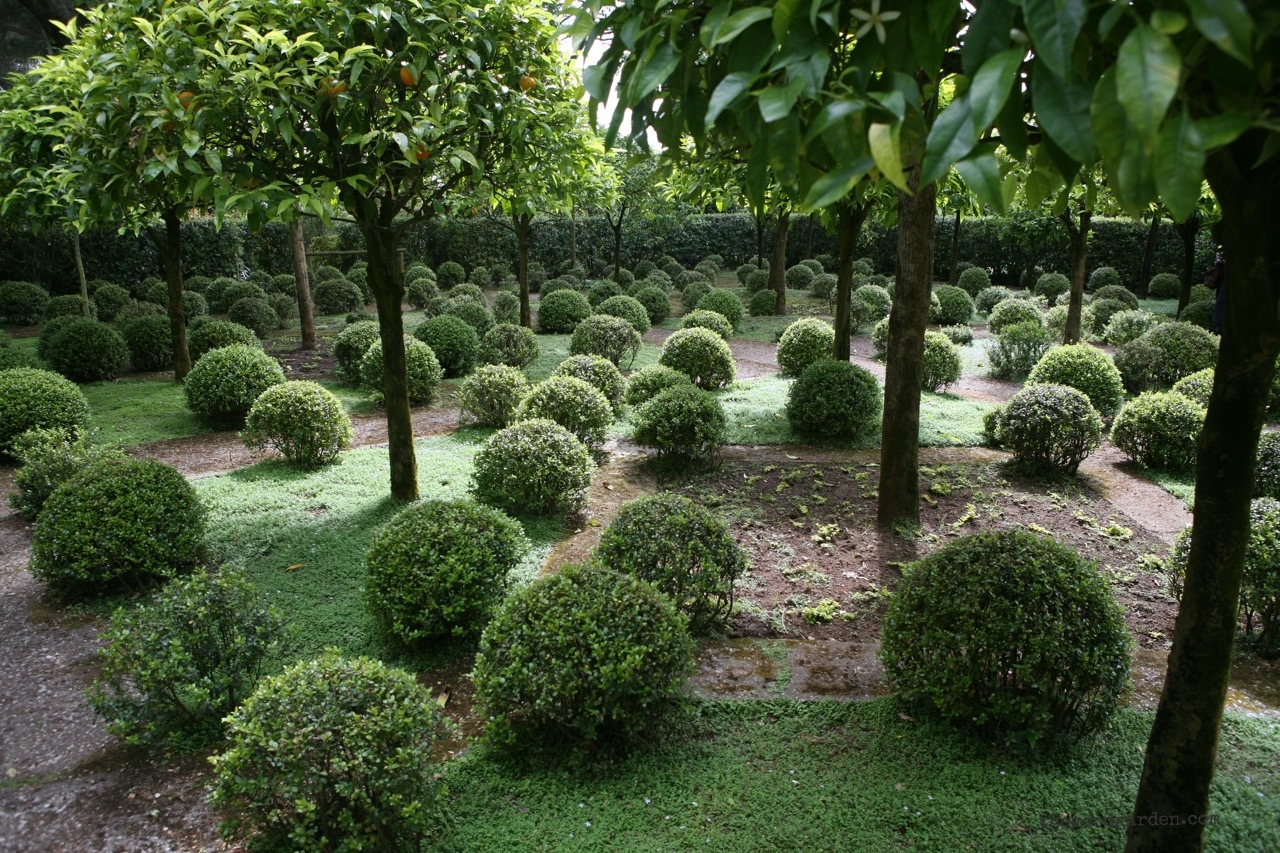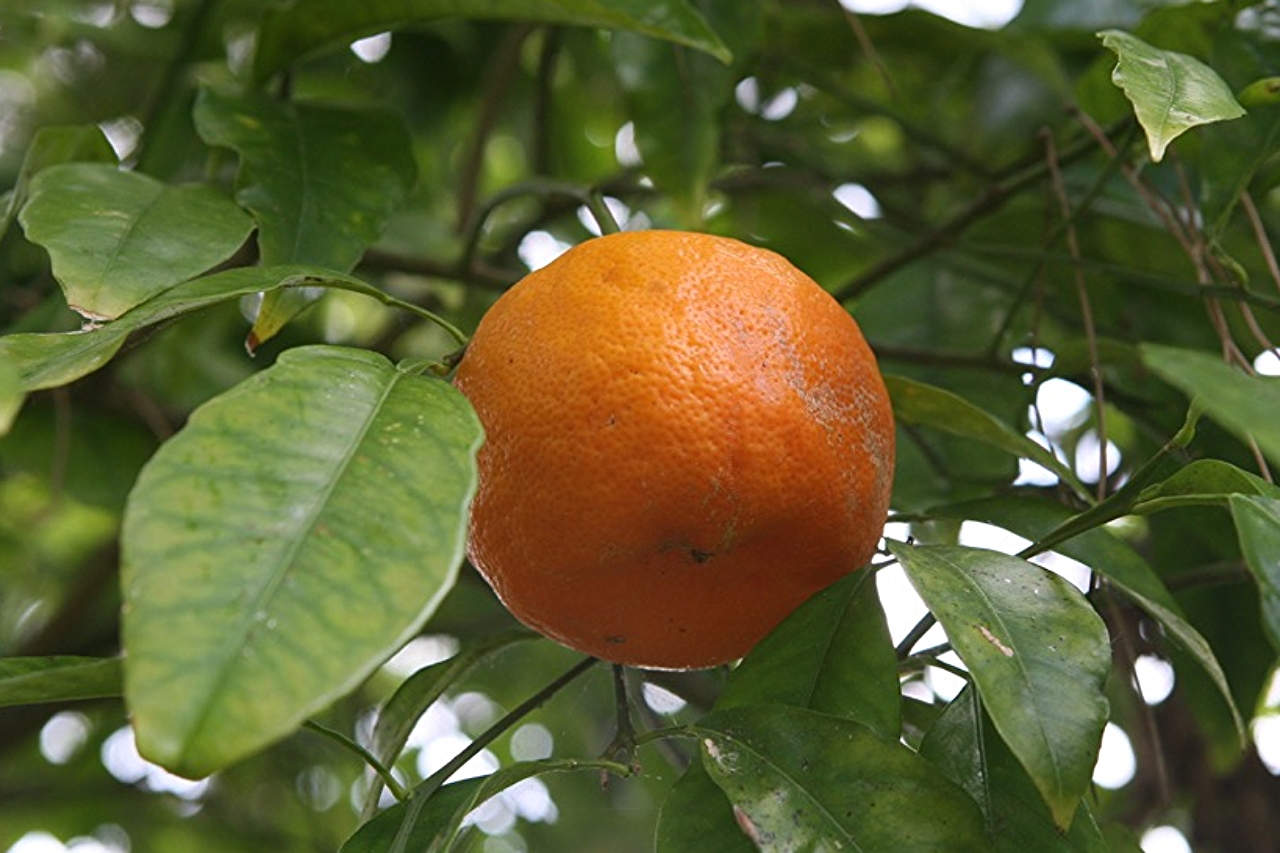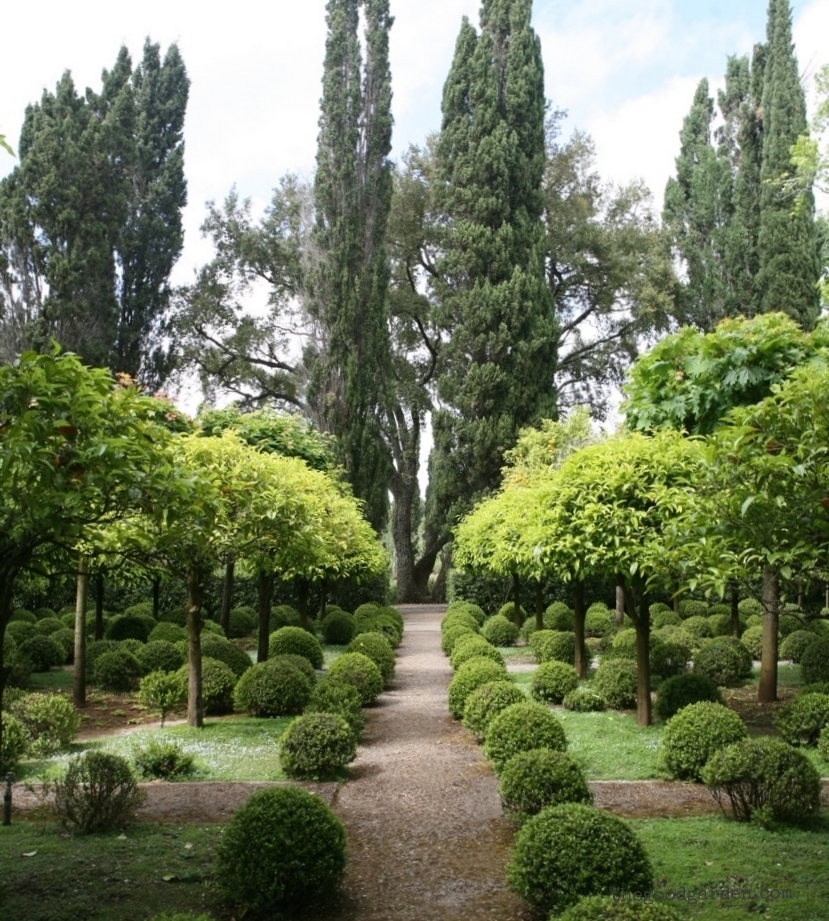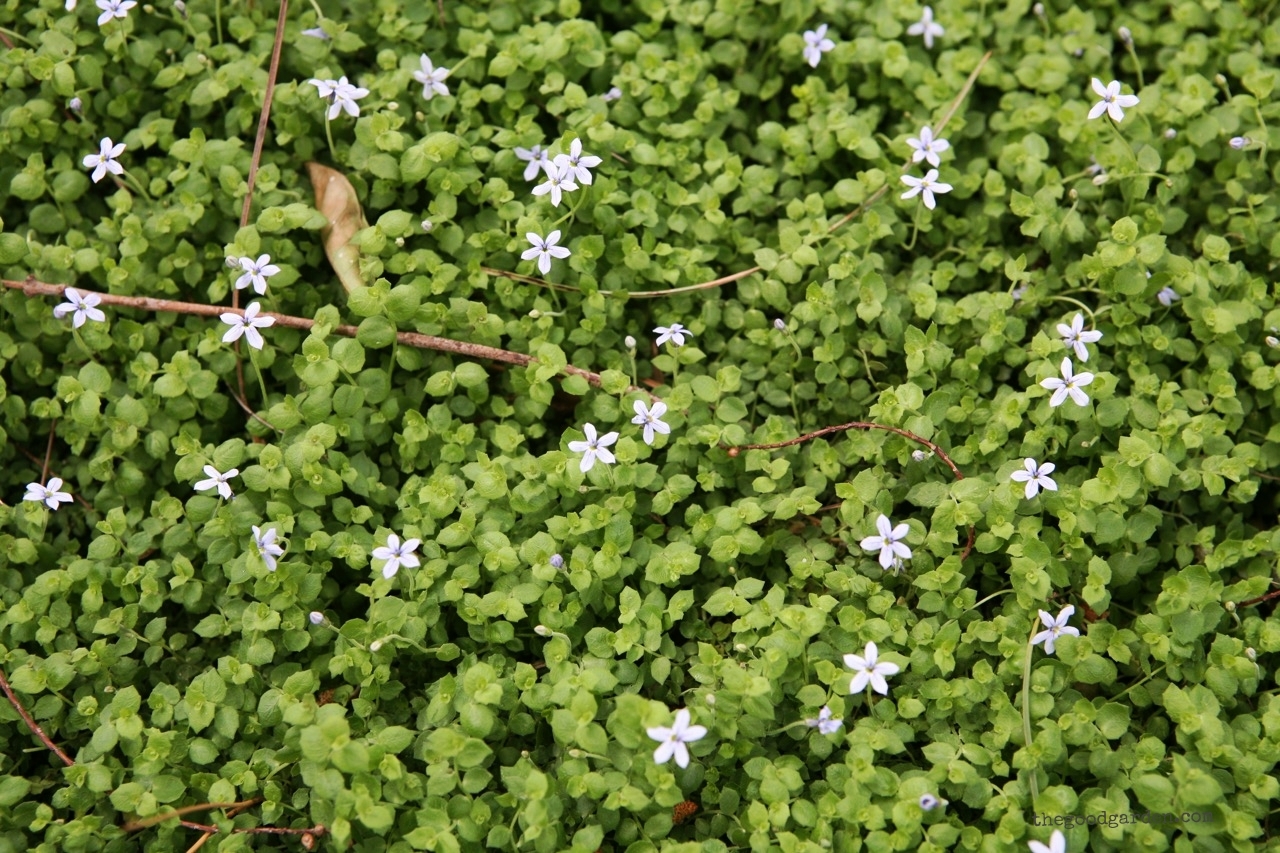Though I am mostly interested in how garden designers create integrated compositions, occasionally I am drawn to a particular plant, and I can’t rest until I find a suitable spot for it. My latest plant-fatuation is the hellebore. I first noticed it in my neighbor Marcie’s summer garden and fell for its deep green foliage. Recently I came across it at the Atlanta History Center where it was among the first things in bloom in their wild woodlands. What a pretty face. Hellebores are vigorous plants that do well even in dry shade, a rarity.
To make this plant more intriguing, hellebores contain the toxin protoanemonin which can be lethal and for a time thought to have medicinal properties.
According to Greek legend, hellebores cure insanity but require extreme care. When digging them up, Pliny, the Roman naturalist, instructs gardeners to “draw a circle around the plant, face East, and offer a prayer.” If an eagle sees you digging one up, though, it will kill you.
The ancient city of Krissa was defeated when enemies contaminated its water supply with hellebore roots.
The hellebore’s medicinal qualities brought it to the cloister garden. Supposedly good for black bile and melancholy, toothaches, and ear infections. Cloister garden expert Deidre Larkin wrote about this in her blog post "Hell flowers."
Best of all, hellebore roots are said to have the power to make you invisible! The roots must be ground up first, then thrown into the air. Walking through the dust apparently does the trick.
In any case, the hellebore has put a spell on me and I am working to find the right place to introduce it to my garden.







